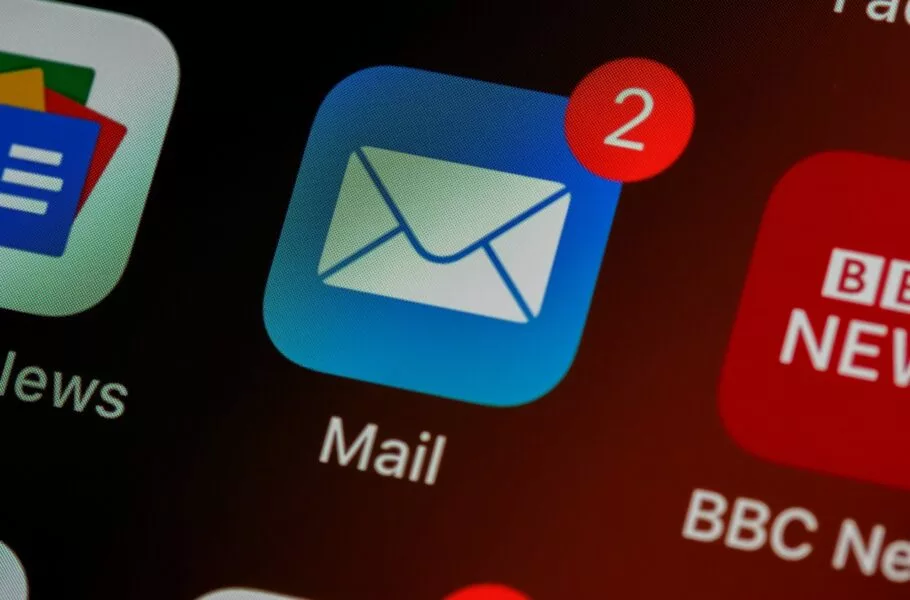AI-Based Scams Are a Growing Concern for Cybersecurity Experts and Users
AI-powered scams have become a significant concern for both users and cybersecurity professionals. In a recent case, Gmail, Outlook, and Apple email users have become targets of highly sophisticated phishing emails generated by AI. These emails are designed to look exceptionally convincing and appear to come from trusted sources.
According to the Financial Times, AI bots analyze users’ activities on social media platforms to identify topics that they are likely to respond to. Using this data, the bots then gather relevant information for crafting the email content, making the phishing attempts even more personalized and difficult to detect.
AI-Generated Phishing Emails Are Becoming Increasingly Difficult to Spot
These AI-powered bots send fake emails that appear to be from close family members or friends, making it hard for users to identify the sender. This personalized approach increases the likelihood of users falling victim to the scam.
According to Forbes, Gmail, Outlook, and Apple services still lack sufficient defenses against such attacks. While many users can easily recognize traditional phishing emails, identifying AI-generated ones is much more challenging.
Christy Kelly, Chief Information Security Officer at Beazley Insurance, stated that the situation is worsening and becoming a personal issue. She believes AI is likely behind these attacks. Hackers can use AI to craft convincing emails that resemble communications from banks and other platforms. According to data from the Cybersecurity and Infrastructure Security Agency (CISA), over 90% of data breaches are caused by phishing emails.
For instance, scammers previously sent emails to Apple users claiming that their accounts had been suspended and needed to be updated. These emails closely resembled legitimate communications from Apple, making it extremely difficult for users to identify them as fake. Apple’s AI is also unable to detect these fraudulent emails and may even flag them as priority emails in the Mail app.
